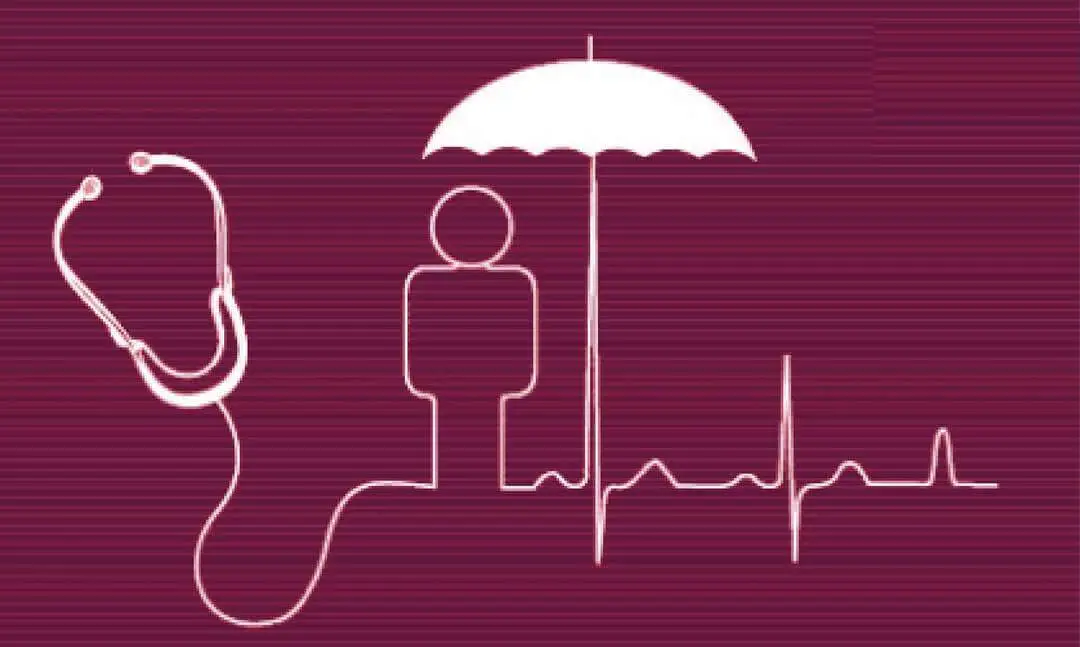Critical illness is a grave disease or medical condition which requires expensive treatments, in most cases. These include ailments such as Cancer, Organ Transplant, Heart Attack, Coma of specified severity, end-stage Kidney Failure, Multiple Sclerosis, third-degree burns etc. Apart from physical and mental distress, it can cause financial hardships as well.
Hence, it is essential to buy a Critical Illness Insurance which will support during a medical emergency. Critical Illness Insurance is available as two options- Standalone Policy and Critical Illness rider. A Standalone Policy is a plan that provides full coverage for critical illnesses. The Critical Illness Rider is an optional add-on feature you buy along with your Health Insurance Policy. Both Standalone Policy and Rider provide coverage against critical illnesses.
Let us understand the difference between the two
| Features | Standalone Critical Illness Cover | Critical Illness Rider |
| Coverage | Has a wide-ranging coverage | The coverage depends on the base policy on which you are opting for a add-on |
| Sum Insures | More flexibility with regards to the sum insured | Cannot be more than the coverage amount of the base policy |
| Premium | Premium charges depend on the age and health conditions of the policyholder | Same for the duration of the base policy |
| Tax Benefit | Section 80D benefit is available for Standalone Critical Illness policies | Tax benefits under Section 80C/80D available on the premium paid for riders |
| Waiting Period | Usually, a waiting period of 30 to 90 days before the coverage starts | In the case of the rider, the critical illness gets covered from day one |
Conclusion
So what should you opt for: Standalone Policy or Critical Illness rider? It depends on your health condition and requirements. If you are looking for a policy with better coverage for critical illnesses, the Standalone Critical Illness Insurance can be considered. However, if you are fine with less coverage and looking for an add-on feature, then a Critical Illness Rider will be better.





